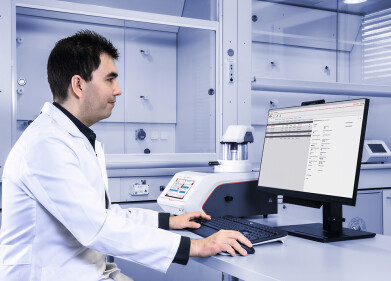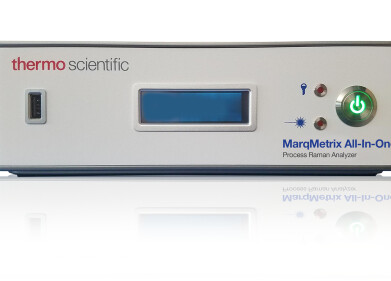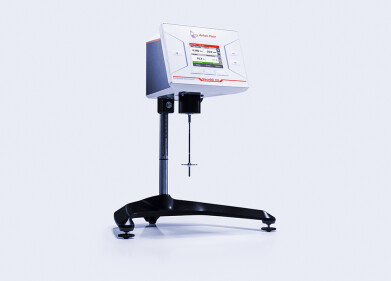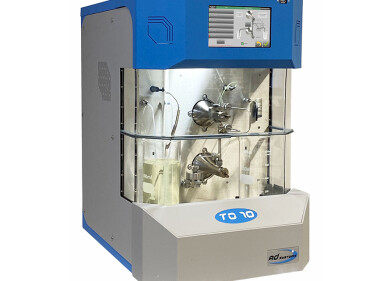Analytical instrumentation
New Research- Grade Fluorescence Spectrometer is a Leader in Sensitivity and Resolution
Apr 02 2010
Thermo Fisher Scientific., (USA) have launched the Thermo Scientific Lumina, a new research-grade dual-monochromator scanning fluorescence spectrometer that offers a new level of clarity in fluorescence measurement. Designed for both demanding research applications and routine laboratory analysis, the Lumina™ delivers 0.5 nm spectral bandwidth, high sensitivity and fast scanning speed, providing industry-leading performance for rapid and accurate assay development, quantification and sample analysis applications in life science, QA/QC, materials science, pharmaceutical, environmental, photochemistry and luminescence laboratories.
With its ability to provide 0.5 nm spectral bandwidth, the Lumina offers superior resolving power when compared with competitive systems in the same price range, enabling analysts to uncover the most detailed information about their samples, including sample features that are closely positioned, and better discriminate between peaks in spectra. Additionally, the Lumina’s increased sensitivity offers the advantages of lower limits of detection, less noise and more consistent baseline measurements.
“With the launch of the Thermo Scientific Lumina, our customers can now achieve advanced spectral resolution for both excitation and emission spectra,” said Michael Allen, Thermo Fisher Scientific product manager for UV-visible and fluorescence products. “The combination of the instrument’s high resolution and increased sensitivity offers a new level of clarity to fluorescence spectroscopy, helping researchers dig deeper into their samples and unlock new information.”
The powerful xenon lamp in the Lumina, combined with optimised monochromators, allows for the detection of sample concentrations below parts-per-billion levels for compounds such as harmful heavy metals, polycyclic aromatic hydrocarbons and more. A fast, accurate and reliable monochromator drive mechanism enables slewing at 20,000 nm/min and wavelength scanning at speeds of up to 6,000 nm/min. This reduces the exposure of photosensitive samples during synchronous and 3D scanning experiments. The instrument’s photomultiplier detector offers extended measurement of the near-infrared wavelength (190 nm to 900 nm), which facilitates cutting-edge research in biochemistry and photosynthesis applications.
With a large sample compartment and a wide range of accessories for temperature control, polarization and solid sample measurement, the Lumina can be expanded for use in a variety of applications. The instrument uses Thermo Scientific Luminous™ software for complete instrument and accessory control, as well as efficient data collection, analysis and reporting.
Digital Edition
PIN 25.6 Buyers' Guide
January 2025
Buyers' Guide Directory - Product Listings by Category - Suppliers Listings (A-Z) Articles Analytical Instrumentation - ASTM D7042: The Quantum Leap in Viscosity Testing Technology -...
View all digital editions
Events
Jan 20 2025 San Diego, CA, USA
Jan 22 2025 Tokyo, Japan
Jan 25 2025 San Diego, CA, USA
SPE Hydraulic Fracturing Technology Conference and Exhibition
Feb 04 2025 The Woodlands, TX, USA
Feb 05 2025 Guangzhou, China



















